Despite our best intentions, many of us unknowingly compromise our skin’s health through everyday habits. From overzealous routines that strip away essential oils to neglecting the protective shield of sunscreen, these mistakes can set us back in our quest for flawless skin. In this blog post, we’ll delve into the top ten skincare missteps that even the most diligent may overlook. Mistake number nine is one I am guilty of and have been guilty of for years. 😳
Table of Contents
Common Skincare Mistakes To Avoid
Whether you’re a seasoned skincare enthusiast or just starting to explore the vast landscape of skincare products and practices, understanding these common skincare mistakes can help you avoid unnecessary setbacks and propel you toward achieving your best skin yet.
Mistake 1: Over-Cleansing

In our quest for a squeaky-clean face, it’s easy to go overboard. Many of us fall into the trap of using harsh cleansers or washing our faces too often, thinking that more is better. However, this approach can do more harm than good. Over-cleansing can strip the skin of its natural oils, which are essential for maintaining moisture and protecting against irritants.
How Over-Cleansing Impacts The Skin
Mistake 3: Using the Wrong Products for Your Skin Type
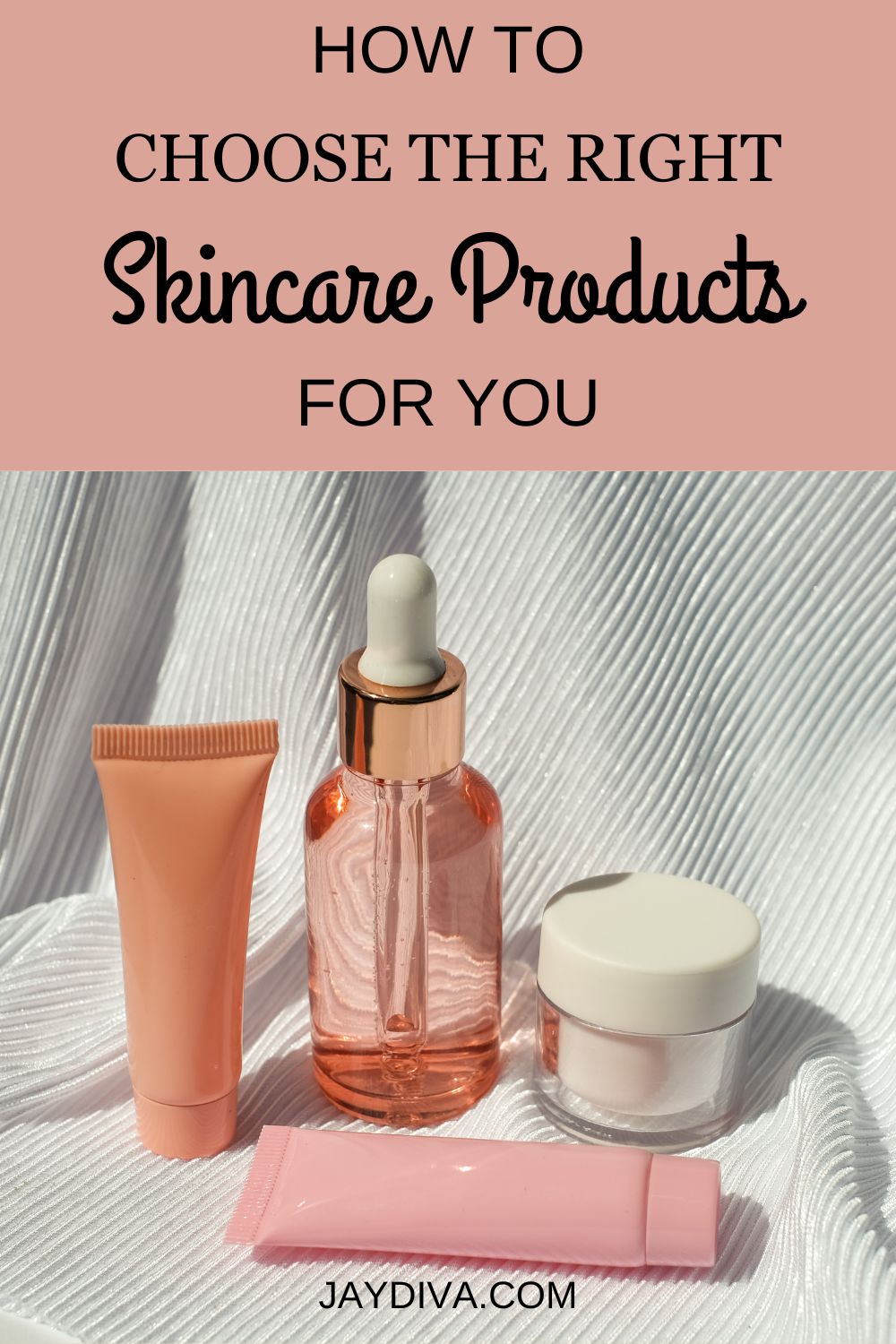
Using skincare products that aren’t suited to your specific skin type can lead to a host of problems. If the products are too harsh, they might strip your skin of essential oils; if they’re too mild, they may not be effective enough to clean your pores. This mismatch can exacerbate existing conditions, such as dryness, oiliness, or acne, and can even lead to new skin issues.
First, Determining Your Skin Type
Determining your skin type is a crucial first step to steer clear of skincare pitfalls. Here’s a simple guide:
- Normal Skin typically feels balanced and is neither excessively oily nor prone to flaking. This type of skin maintains a healthy equilibrium throughout the day.
- Oily Skin often appears shiny, especially in the T-zone area which includes the forehead, nose, and chin. It is more susceptible to breakouts due to excess sebum production.
- Dry Skin can feel tight and rough and often has a dull appearance because it lacks moisture. This skin type may peel or crack, especially in harsh weather conditions.
- Combination Skin shows mixed characteristics; it may be oily in the T-zone but dry on the cheeks and other areas. This type requires different care routines for different facial areas.
- Sensitive Skin is easily irritated and can react with itching, redness, or inflammation to certain skincare ingredients or environmental factors.
Also Read: 3 Really Simple Ways To Determine Your Skin Type
Selecting Appropriate Products
Once you know your skin type, selecting the right products becomes much simpler. Here are some tailored recommendations:
- Normal Skin: Focus on maintenance and protection. Look for gentle, hydrating products that maintain balance.
- Oily Skin: Use oil-free and non-comedogenic products to prevent clogging of pores. Products containing salicylic acid or benzoyl peroxide can help manage acne.
- Dry Skin: Opt for rich creams and hydrating serums and toners that contain hyaluronic acid or glycerin to lock in moisture.
- Combination Skin: To target the varied needs of your face, you might need to use different products for different areas.
- Sensitive Skin: Seek out hypoallergenic and fragrance-free products to minimize irritation.
Mistake 4: Infrequent Changing of Bedding and Towels

It’s easy to overlook how the cleanliness of your bedding and towels can impact your skin health. Bacteria, oils, and dead skin cells accumulate on these fabrics every time they come into contact with your skin. If not washed regularly, these residues can clog pores, lead to breakouts and irritation, and exacerbate existing skin conditions.
To keep your skin fresh and healthy, establishing a regular washing schedule for your bedding and towels is essential. As a general guideline:
- Bed sheets and pillowcases should be washed at least once a week.
- Towels should be laundered after every three to four uses or more frequently if you have sensitive skin or are prone to acne.
Mistake 5: Excessive Exfoliation
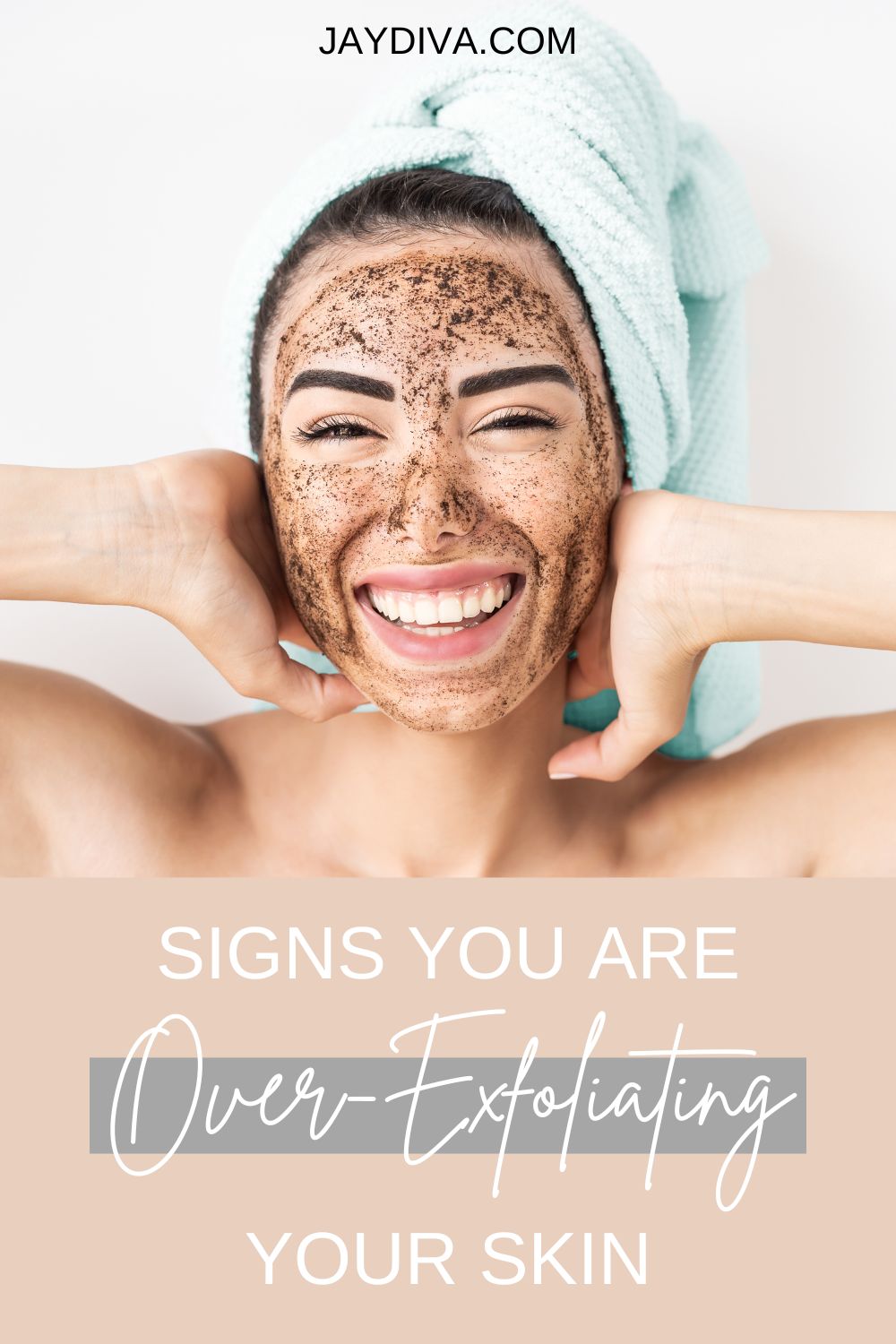
Exfoliation is a key component of a healthy skincare regimen, aiding in the removal of dead skin cells and promoting a radiant complexion. However, excessive exfoliation, whether physical (using scrubs) or chemical (using acids), can do more harm than good. Over-exfoliating can strip the skin of its essential oils, leading to dehydration and a compromised skin barrier. This can increase your skin’s vulnerability to bacteria, irritants, and UV damage.
Signs Of Over-Exfoliation
It’s important to recognize the signs that you might be exfoliating too much. One common indicator is redness and irritation; your skin may appear visibly red and feel sensitive to the touch. Another sign is dryness and flakiness; over-exfoliated skin can lose its smooth, healthy appearance and begin to peel or flake. Additionally, disrupting the skin barrier through excessive exfoliation can allow more bacteria to enter the pores, leading to increased breakouts. Lastly, your skin might feel unusually tight after cleansing—this isn’t the refreshing tightness of clean skin but rather an uncomfortable, stretched sensation.
Now The Damage is Done What Next
If you’ve been over-exfoliating, giving your skin time to heal is crucial. Here are some steps to help your skin recover:
- Pause Exfoliating: Stop all forms of exfoliation immediately to allow your skin barrier to repair itself.
- Hydrate and Soothe: Use gentle, hydrating products such as hyaluronic acid serums and ceramide-rich moisturizers to restore moisture and repair the skin’s lipid barrier.
- Protect: Make sure to use a gentle sunscreen daily to protect your recovering skin from further damage.
The Right Way To Exfoliate
To reintegrate exfoliation into your routine safely:
- Limit Frequency: Start with exfoliating just once a week, observing how your skin responds, and adjusting based on your skin’s tolerance.
- Choose Gentle Formulas: Opt for gentle exfoliants that match your skin type. Chemical exfoliants like lactic acid are typically gentler than physical scrubs.
- Listen to Your Skin: Always be attentive to how your skin feels post-exfoliation. Any sign of discomfort may indicate that you need to scale back.
Mistake 6: Neglecting Neck and Chest

Many skincare routines focus exclusively on the face, but the neck and chest areas are just as exposed and susceptible to skin issues as the face. Just like the face, the skin on your neck and chest needs attention and care to maintain its health and appearance. Due to their frequent exposure to the sun and environmental elements, the neck and chest can develop a range of issues ranging from fine lines and wrinkles to sun damage and loss of elasticity.
When applying your facial products, don’t stop at your jawline. Continue applying your cleanser, moisturizer, and sunscreen down your neck and onto your chest. This ensures these areas receive the same beneficial ingredients as your face. Consider using products specifically formulated for the neck and chest, which can help address the unique skin concerns of these areas.
Apply a broad-spectrum sunscreen with at least SPF 30 to your neck and chest every day, even when it’s cloudy, to protect against UV rays and prevent premature aging. Also, ensure that these areas are exfoliated gently once a week to remove dead skin cells and promote cell turnover, which can help maintain the skin’s youthful appearance.
Mistake 7: Inconsistent Skincare Routine
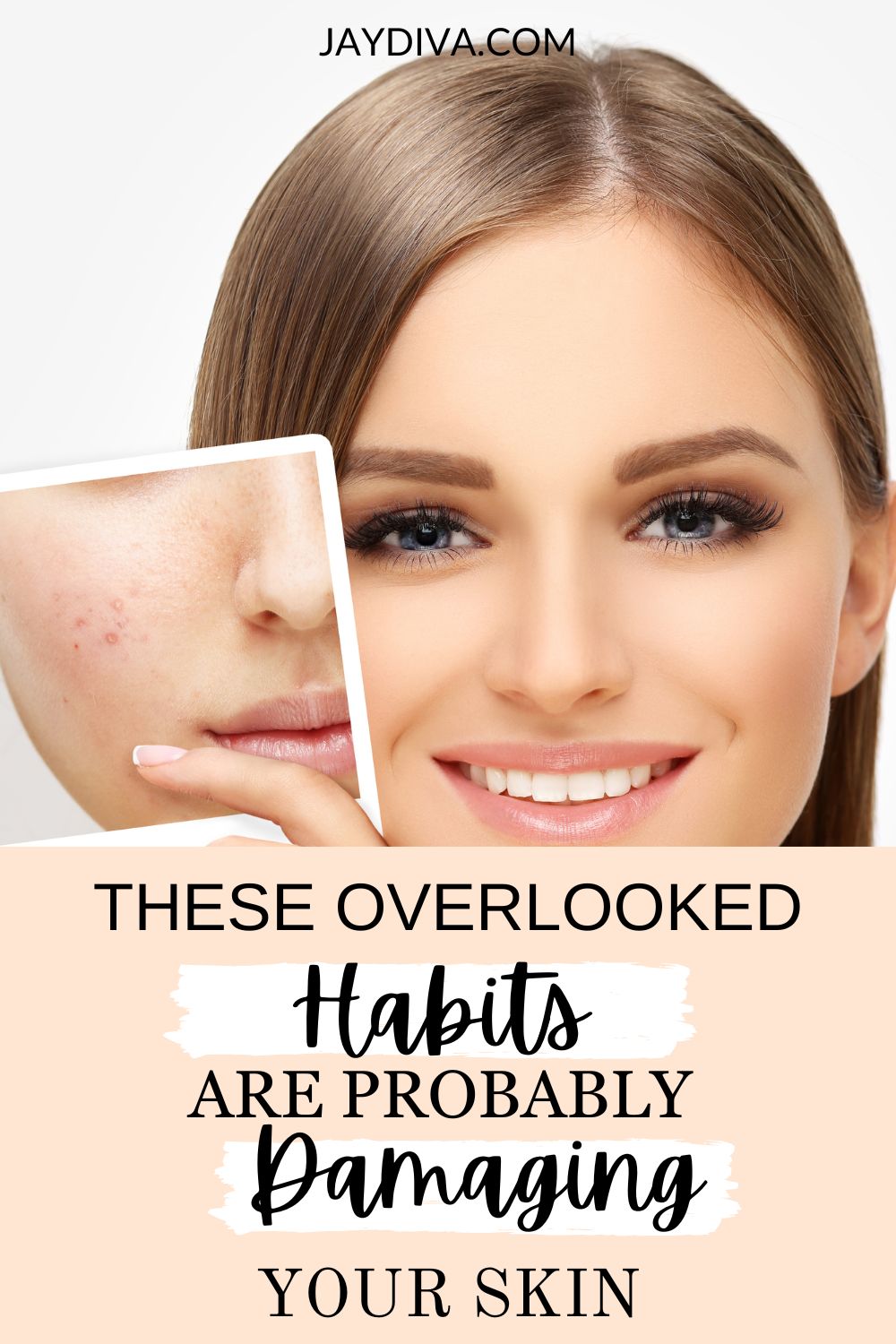
Consistency is the cornerstone of any successful skincare regimen. Regularly following a set routine enhances the effectiveness of your skincare products, allowing your skin to maintain balance and gradually show improvements. In contrast, an inconsistent skincare routine can lead to unpredictable results and may even worsen skin conditions due to the lack of a stable environment for your skin to adapt.
Common Pitfalls of an Inconsistent Routine
One major pitfall is frequently switching skincare products. While trying new products is tempting, constantly changing them can irritate your skin and make it difficult to pinpoint what works and what doesn’t. Another issue is skipping steps in your routine, such as not moisturizing daily or neglecting sun protection, which can leave your skin vulnerable to environmental damage.
Tips for Establishing a Sustainable Skincare Routine
To avoid the drawbacks of inconsistency, consider these tips to establish and maintain a sustainable skincare routine:
-
Keep It Simple: Start with the basics—cleanser, moisturizer, and sunscreen. A simple routine is easier to stick with consistently, especially if you’re new to skincare or often pressed for time.
-
Gradual Changes: If you want to try new products, introduce them one at a time. This allows you to observe how your skin reacts to each product and makes it easier to identify any that cause irritation or breakouts.
-
Set a Schedule: Try to apply your skincare products at the same times each day, such as part of your morning and evening routines. Consistent application helps the skin to adapt and respond more predictably.
-
Listen to Your Skin: Pay attention to how your skin responds to your routine. If something feels off, adjust accordingly, but give each adjustment or new product a reasonable amount of time to work—usually several weeks.
-
Track Your Progress: Keeping a skincare diary can help you track what you’re using and any changes in your skin’s condition. This can be especially helpful if you’re testing new products or trying to resolve specific skin issues.
Mistake 8: Layering Products Incorrectly
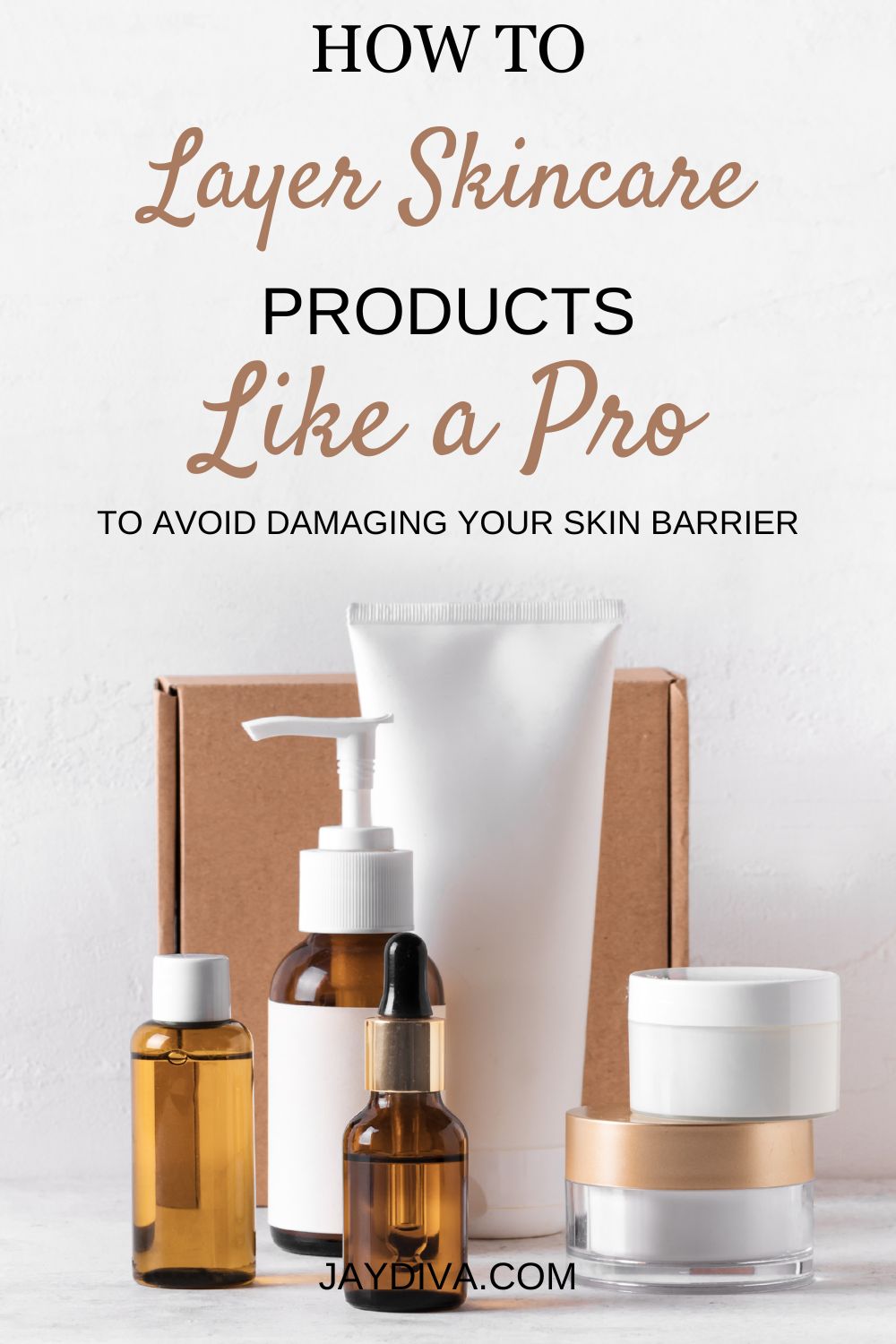
The order in which you apply your skincare products is crucial for maximizing their effectiveness. Products need to be layered correctly to ensure that they’re not only absorbed properly but also perform their intended functions without being obstructed by others. Incorrect layering can prevent products from penetrating the skin, reducing their benefits and potentially causing irritation.
Guide to Correct Product Application Order
- Cleanser: Start with a clean base by using a gentle cleanser suited to your skin type to remove impurities and prepare the skin for other products.
- Toner: If you use a toner, apply it after cleansing. This helps to remove any residue left by the cleanser and rebalance the skin’s pH.
- Serums: Apply any treatment serums next. These are typically formulated with active ingredients that should penetrate deeply into the skin.
- Eye Cream: Gently apply eye cream around the eyes. The skin here is delicate and requires products specifically formulated for this area.
- Moisturizer: Moisturizers should be applied after serums to help lock in hydration and the active ingredients from previous steps.
- Sunscreen: In the morning, finish with sunscreen to protect your skin from UV damage. This should always be the final step in your daytime routine.
Also Read: How To Layer Skincare Products The Right Way
Mistake 9: Ignoring Product Expiry Dates
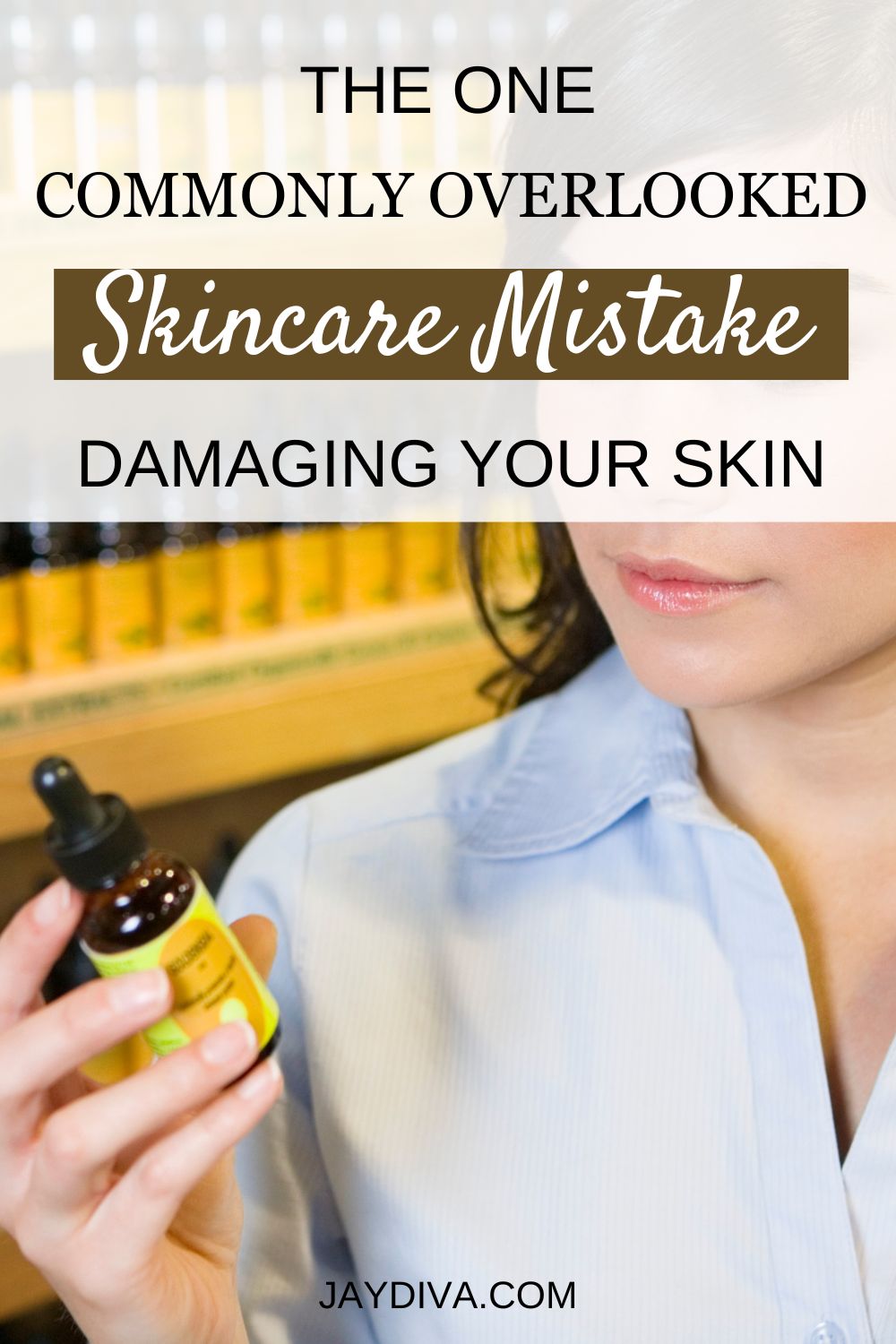
Using skincare products past their expiry date is a common oversight that can have detrimental effects on your skin. Many people, myself included, are guilty of this practice. I get some products and then, after using them a few times, toss them in the cupboard, forget about them, and then one day randomly pick them up to use without checking to see if they’re still in date.
The active ingredients in skincare products can degrade over time, leading to reduced effectiveness. This means you may not be receiving the full benefits you expect, which can be particularly concerning for products meant to treat specific issues like acne or hyperpigmentation. More seriously, expired products can harbor bacteria or break down into irritants, potentially causing skin reactions, infections, or allergic responses.
How to Track and Manage Product Shelf Lives
Keeping track of the expiry dates on your skincare products can help you avoid the risks associated with using outdated items. Here are a few tips to manage product shelf lives effectively:
- Check Expiry Dates: Always check the expiry date when you purchase a product. Most products will have a symbol indicating how many months the product is safe to use after opening (e.g., 12M, 24M).
- Label Products: When you open a new skincare product, write the date on the container with a permanent marker. This will help you keep track of when it’s time to replace it.
- Store Products Properly: Keep your skincare products in a cool, dry place away from direct sunlight. Heat and humidity can accelerate the degradation of active ingredients.
Encouraging Periodic Reviews and Clean-Outs
To ensure that your skincare routine remains safe and effective, it’s essential to periodically review and clean out your collection:
- Regular Inventory Checks: Set a reminder every 6 months to go through your skincare products. Check their consistency, smell, and color. Changes in these can indicate that a product is no longer good to use.
- Dispose of Old Products: If a product is past its expiry date or has changed in texture or smell, dispose of it safely. Continuing to use such products can harm your skin.
- Restock Thoughtfully: Replace outdated products with fresh ones, but also consider whether you need to repurchase the same item or if another product might better suit your current skin needs.
Consider using a mini fridge for skincare to extend the life of products, especially those with active ingredients like vitamin C or retinol.
Mistake 10: Not Addressing Lifestyle Factors
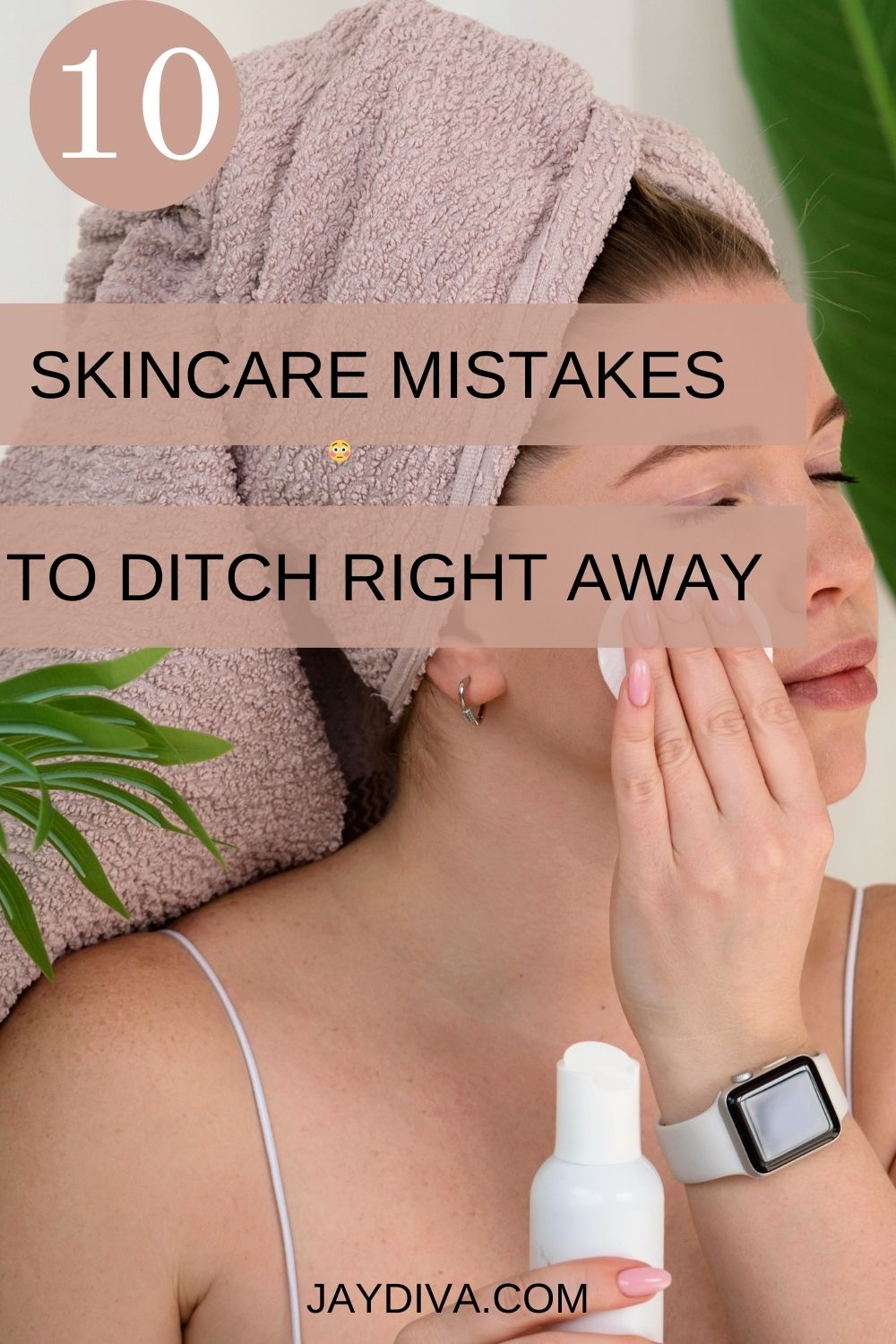
Skincare is deeply influenced by lifestyle choices, not just the products we apply. Key factors such as diet, hydration, and sleep play crucial roles in maintaining skin health and appearance. A nutritious diet loaded with fruits, vegetables, and lean proteins supplies vital nutrients like vitamins C and E, omega-3 fatty acids, and antioxidants, which are essential for healthy skin.
Hydration is equally important for skin health, as sufficient water intake throughout the day ensures the skin remains plump, smooth, and elastic. Neglecting hydration can lead to dry, tight, and flaky skin, increasing the likelihood of wrinkles.
Additionally, sleep plays a critical role in skin health; it’s a period when the body, including the skin, undergoes repair and rejuvenation. Insufficient sleep can increase stress hormones in the body, worsening skin conditions such as acne and eczema. For optimal skin health, aiming for 7-9 hours of quality sleep each night is essential, allowing the skin to regenerate and recover effectively from daily stressors.
Also Read: Foods To Avoid For Clear Skin
Final Take Home
In wrapping up, remember that achieving healthy, glowing skin is about more than just applying the right products; it involves being mindful of common missteps in your skincare routine and making thoughtful lifestyle choices. From ensuring you don’t over-cleanse or overlook crucial areas like your neck and chest to understanding the significance of hydration, diet, and adequate sleep, each element plays a crucial role in your skin’s health. Regularly check your products for expiry, adjust your exfoliation habits, and apply treatments in the correct order to maximize benefits. By addressing these often-overlooked details and embracing a holistic approach to skincare, you can enhance not only your skin’s appearance but also its overall health,






















